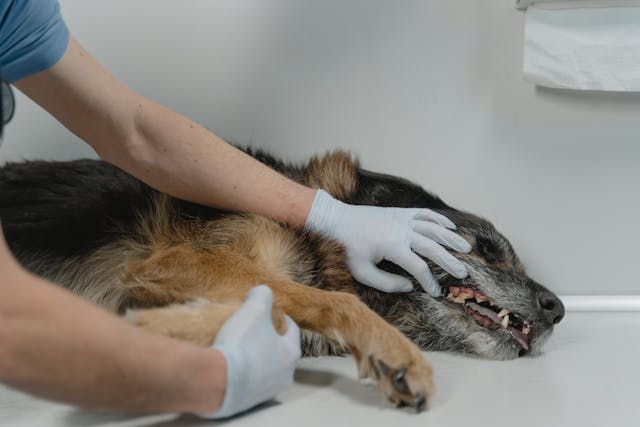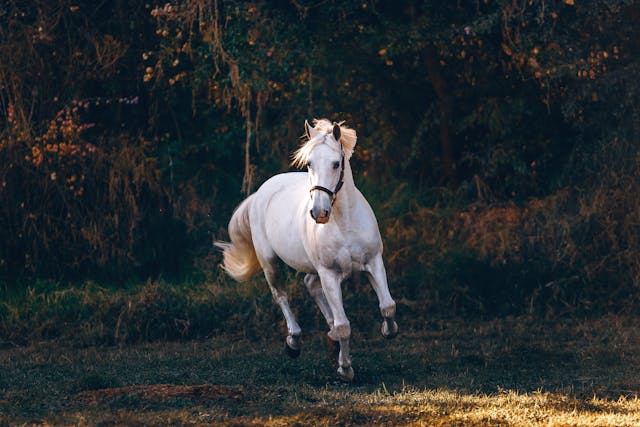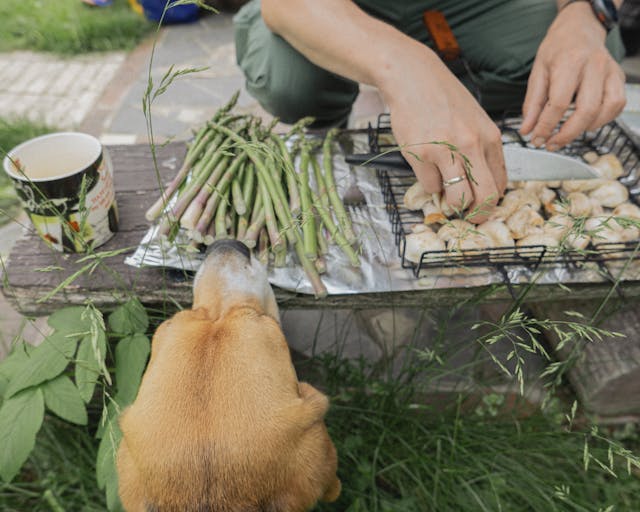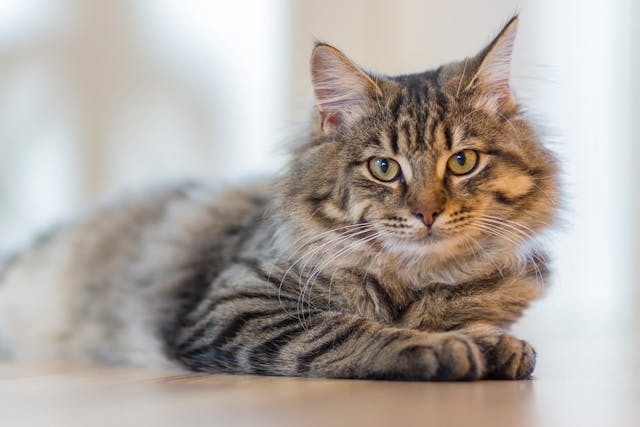Blue-tongue is an insect-borne disease of ruminants – sheep, cattle, goats etc. It is a virus (BTV) spread by the culicoides midge. Originating in warmer climes, over the early part of the 21st century it is working its way up to the countries of Northern Europe. Several cases have been identified in Britain over the past twenty years, and it is a notifiable disease. This means that, when diagnosed, the Department of Agriculture should be notified.
The symptoms of infection with BTV include fever, salivation, facial swelling and tongue swelling. The tongue can appear “blue” with swelling, but although this gives the name of the disease, only a minority of affected animals will have this symptom. There is usually nasal discharge, and affected animals will make a “snoring” noise. Crusting of the nose is also apparent. Some animals develop foot lesions, and become lame. Infected animals can lose weight. The disease affects sheep more than cattle. Most of the time cattle who are infected are asymptomatic.
The spread of the disease relies on the vector – the midge. So infection patterns usually subside in the winter when cold temperatures kill the midge, but rise with warmer weather. One theory for the spread of the disease northwards is that we are having warmer, wetter winters. We no longer have heavy frosts that kill the vector. At present, the most likely route for BTV spread in Northern Ireland is the import of an infected animal. It is for this reason that imported animals are subject to strict certification and health checks prior to travel.
Treatment of BTV infection is symptomatic, and even with treatment, sadly some animals die. At present there is no licensed vaccination for BTV permitted for general use in Northern Ireland. If you suspect a case of BTV, contact your vet, or local Divisional Veterinary Office for advice.
Further information is available from DAERA: https://www.daera-ni.gov.uk/articles/bluetongue




